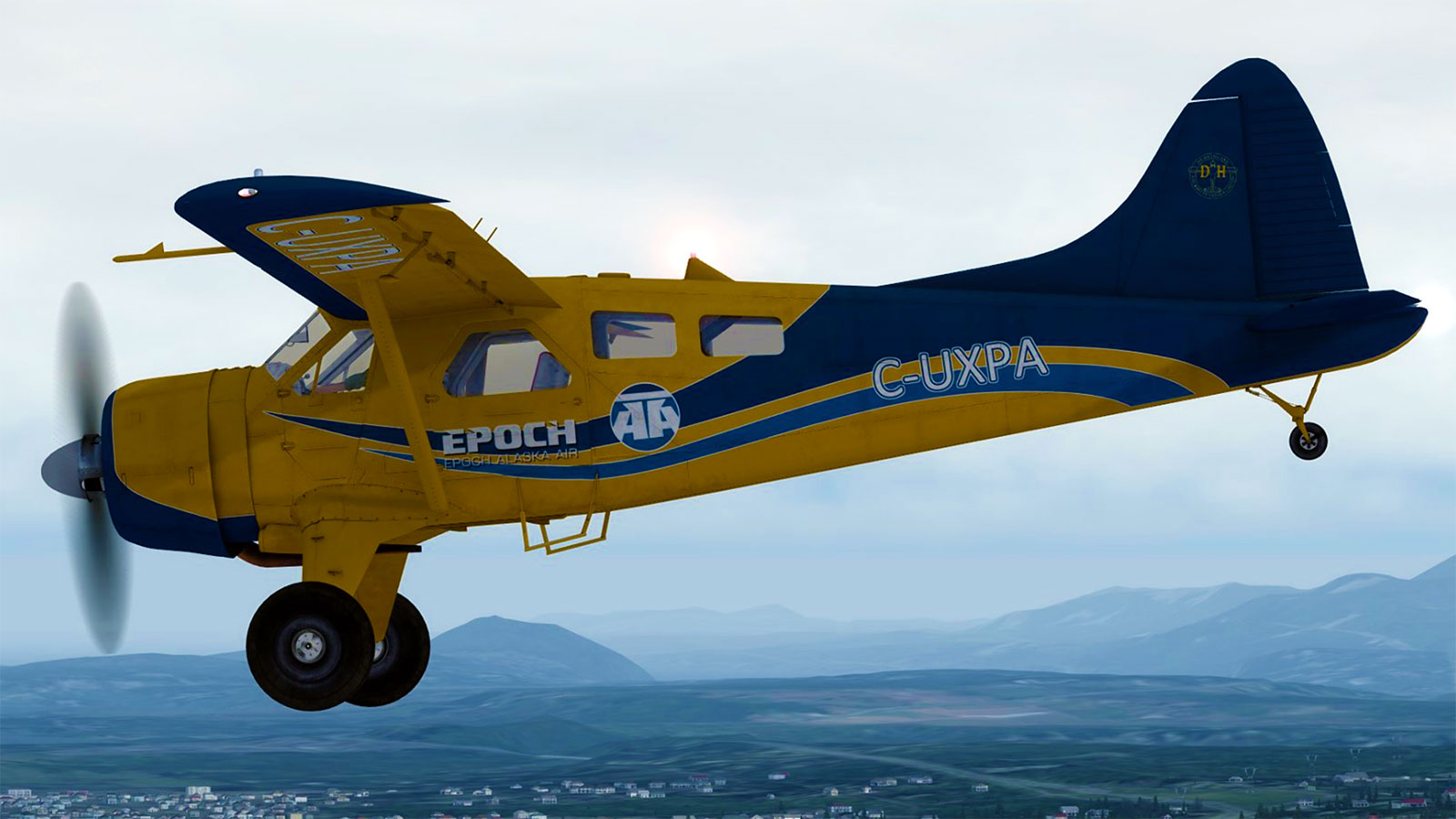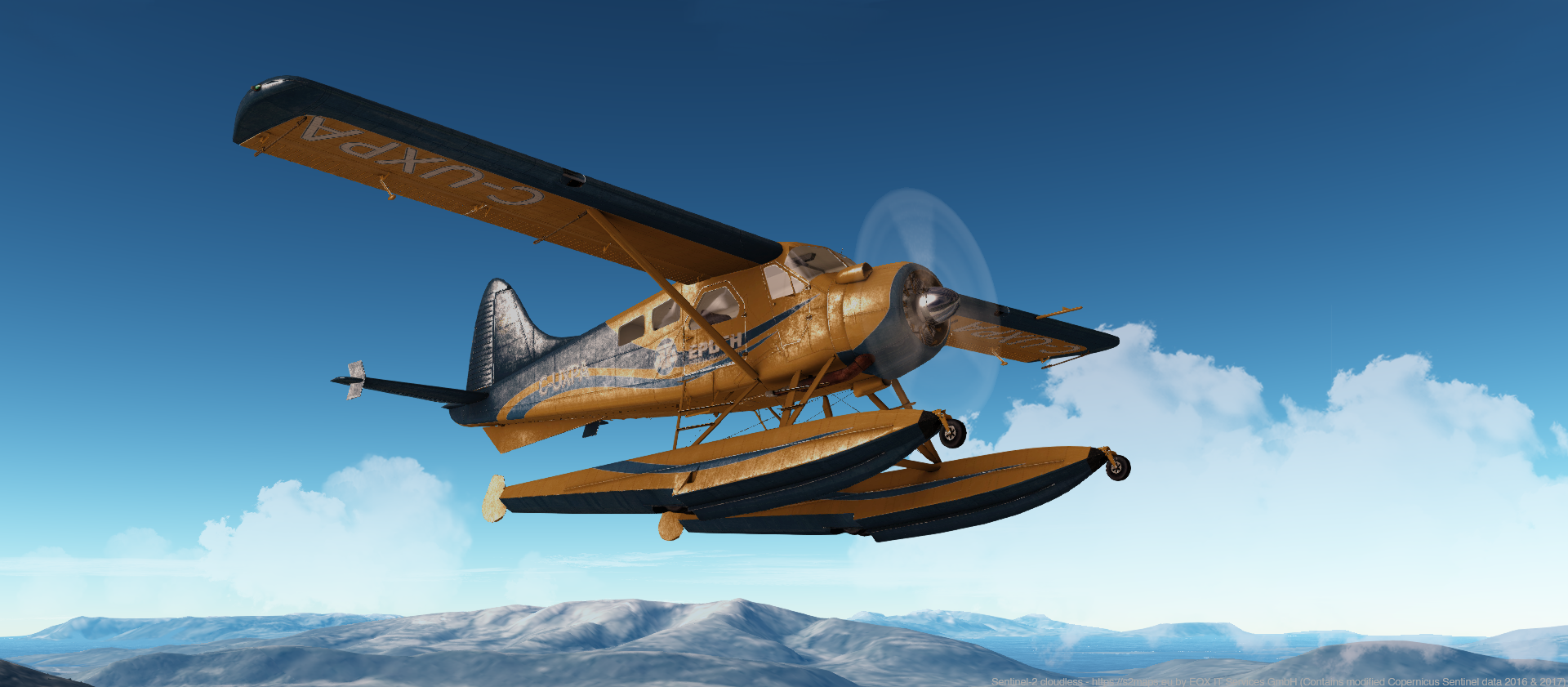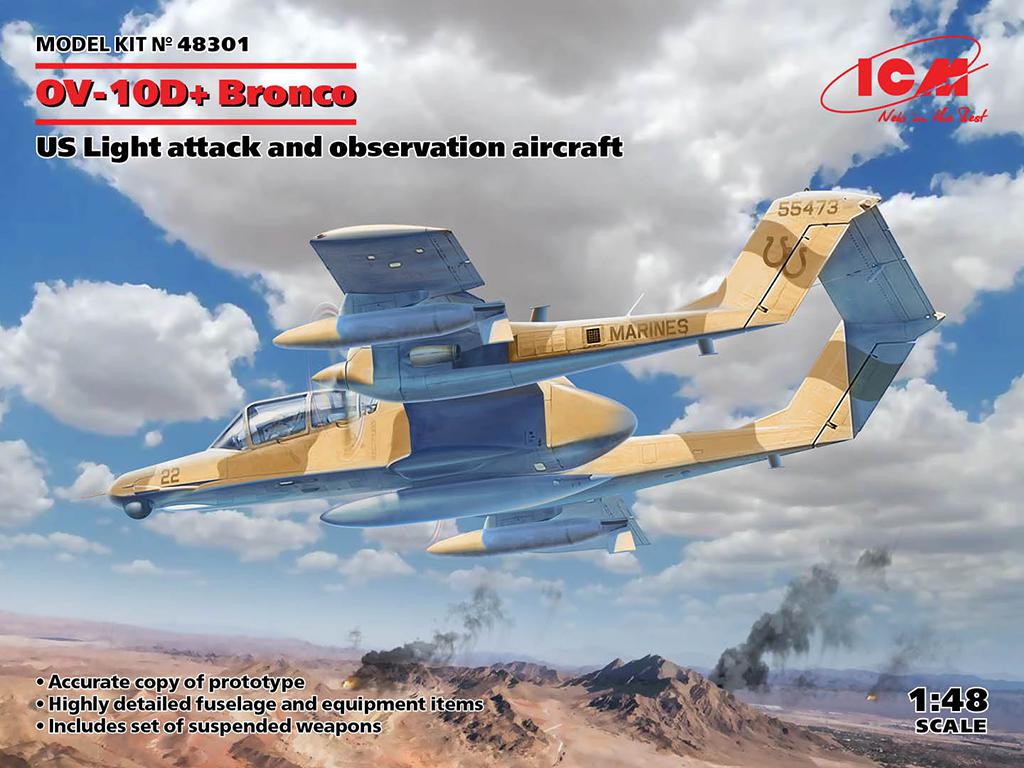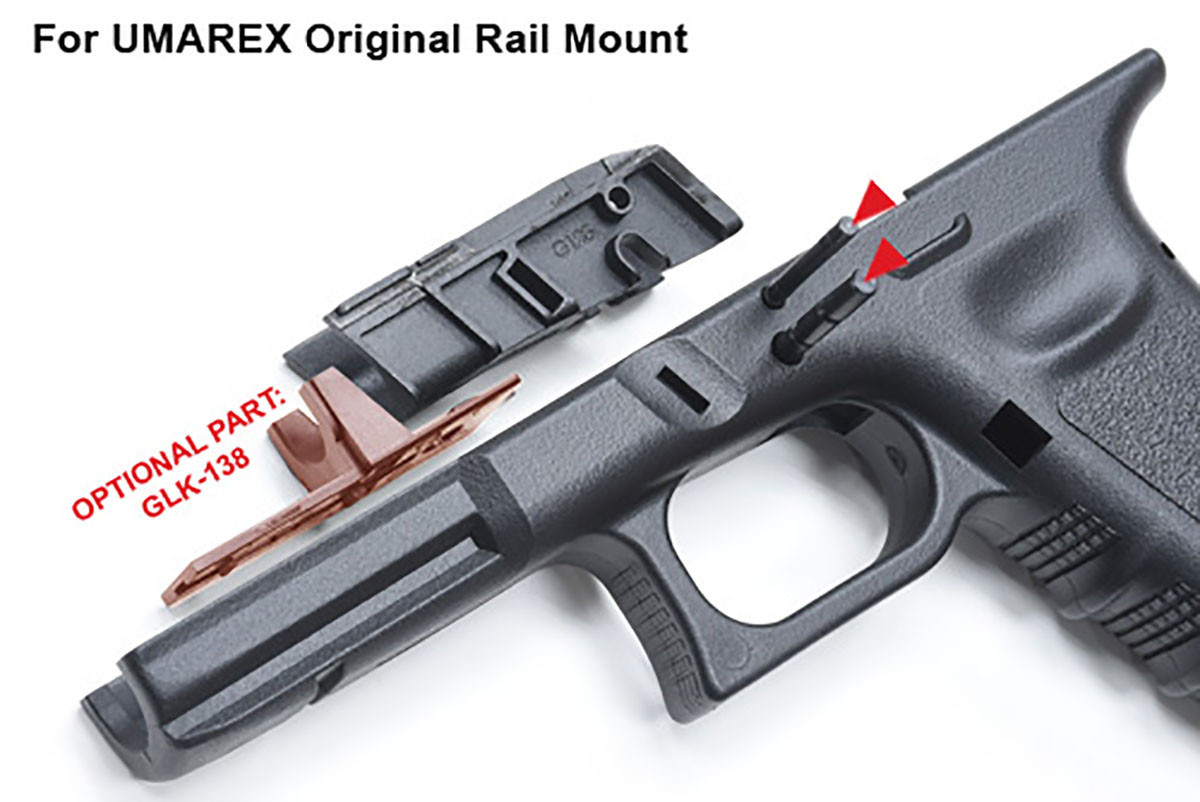Beaver Airplane - The de Havilland Canada DHC-2 Beaver ('Beaver' in English) is one of the most popular STOL aircraft in the world. After World War II, De Havilland Canada became interested in the design and manufacture of aircraft capable of operating in extreme conditions in northern Canada and Alaska.
This opportunity came about due to the special conditions imposed by the Department of Lands and Forests in the Province of Ontario. The rover aircraft is well suited to the needs of American and international fortress pilots for efficient, robust and safe STOL transport.
Beaver Airplane

The beaver became the symbol of the Canadian North, and gained great fame in the world; International ICAO honor for the DHC-2 flight program. The model was used for aerial work (disinfection), and was used by the army as a general purpose aircraft; The US Air Force purchased several hundred. Nine DHC-2s are still in service with the US Air Force Auxiliary (Civil Air Patrol) in search and rescue operations. New Zealand's Air Force Beaver supported Sir Edmund Hillary's South Pole expedition .
De Havilland Dhc 2 Beaver Kenmore Air Model Private & Civilian Us $249.50 Mymahoganymodels Private And Civilian Airplane And Aircraft Wood Handmade Models
After extensive consultation with Canadian pilots, development and design began with the Beaver, a highly reliable single engine that could be used on wheels, skis or floats. The Beaver is designed to fly in mountainous and remote areas. Its STOL capabilities make it perfect for areas that can only be reached by canoe or foot. Because it often flies to remote locations (usually in cold weather), the nozzle that fills the fuel tank is located inside the cabin, so it can be filled while the plane is in flight. The first flight of the Beaver was made at Downsview, Ontario by World War II pilot Russ Bannock on August 16, 1947, and the model was certified in Canada in March 1948. The first production aircraft was delivered in April.
Full production began and the Bieber I soon entered service, powered by the Pratt & Whitney R-985 Wasp Junior radial engine. Of the Beaver Is built, about 980 went to the US Army (YL-20 service test, L-20A and L-20B production aircraft, upgrade to the U-6 in 1962) and 46 to the British Army. . This was followed by a single Elvis Leonid nine-cylinder Beaver II radial engine, and in 1964, several ten-passenger Turbo-Beaver IIIs operated by United Aircraft of Canada Ltd (later Pratt & Whitney Canada PT6-6 or -20 in 578) .eph Most Turbo-Beavers are purchased by civilian users. In New Zealand, the Beaver is powered by a Garrett TFE731 turboprop. The aircraft was an immediate success in the Canadian aviation community. By the time production began in 1967, 1,657 Beavers had been built.
At the end of its journey, the Beaver was distributed in about 50 countries, where it gained a great reputation thanks to its driving ability, its stability on the ground, provided by the wide carriage and horse wheels, and its skills. . In total, it had accommodation for the pilot and seven passengers; The latter can be replaced with a load of 680 kg. Its ability to work with equipment, skis or floats, allowed the Beaver to be used freely.
US Army STOL transport aircraft, later upgraded to the U-6A in 1962, 968 built.
Ramp Appeal: De Havilland Dhc–2 Beaver
It is essentially the same as the L-20A, but with some minor hardware changes. Six were sold to the US military. The U-6B was later upgraded in 1962.
Component modification by Airtech Canada in the 1980s, using a new PZL-3S 450 kW (600 hp) radial engine.
Volpar 1970s modification, first flight April 1972 with modified nose with AiRearch TPE331-2U-203 turboprop with 3 blade propeller. Other changes included a new empennage and steering wheel.

Built by Viking Air, powered by a 507 kW (680 hp) Pratt & Whitney Canada PT6A-34 turboprop engine.
A03017v De Havilland Beaver
The DHC-2 is popular with charter airlines, law enforcement and small air taxi operators, as well as individuals and businesses. Both the Canadian Mounted Police and the Finnish Border Guard operate the aircraft. The de Havilland Canada Beaver DHC-2, considered the world's largest bush plane, was specially designed by Canadian pilots to operate in the hostile Arctic region. in northern Canada by flying on floats, wheels or skis. With a 450 hp Pratt & Whitney Wasp Junior radial engine, it can cruise at a speed of 110 knots and has a top speed of 173 knots / 200 km/h. When the tanks tip is full, it has a duration of 5 hours.
A classic short take-off and landing (STOL) workhorse, it remains a popular and sought-after aircraft by civil operators around the world to this day.
The Beaver AL Mk1 was the version produced for the British Army. Entering operational service in a medium duty role, she quickly made her mark with the Army in Aden, Malaya and Borneo before becoming the Army's first base commander in Northern Ireland until the 1989 replacement of the Britannia-Norman Islands.
First delivered to 11 Flt, 656 Sqn AAC in the Far East in October 1961, XP 820 remained in theater until June 1967 before returning to 132 Flt RCT at Old Sarum and then with 6 Flt AAC at Netheravon.
De Havilland Canada Dhc 2 Beaver, Single Engine Seven Seat High Wing Stol Floatplane/taildragger Monoplane, Canada
The Beaver is the largest aircraft in the history of aviation and is known for its familiar roar when taking off. The XP820 was dedicated to The Flight in May 1989 and remains in "as delivered" condition to this day. It is a living memory of the successful operation of the flight and the military pilots, ground staff and engineers who supported it in difficult conditions.
Beaver airplane for sale, beaver extermination, beaver model airplane, airplane beaver, rc beaver airplane, beaver airplane pictures, airplane nice beaver, beaver fit, dhc 2 beaver rc airplane, dhc 2 beaver model airplane, beaver model airplane kit, dhc beaver rc airplane





/cloudfront-us-east-2.images.arcpublishing.com/reuters/4FAJXW5UMJINFFJ3BSHBQVENKE.jpg)
/cloudfront-us-east-1.images.arcpublishing.com/gray/LAXCGFE36NCXDPXT3QCIV4GFQY.jpg)


